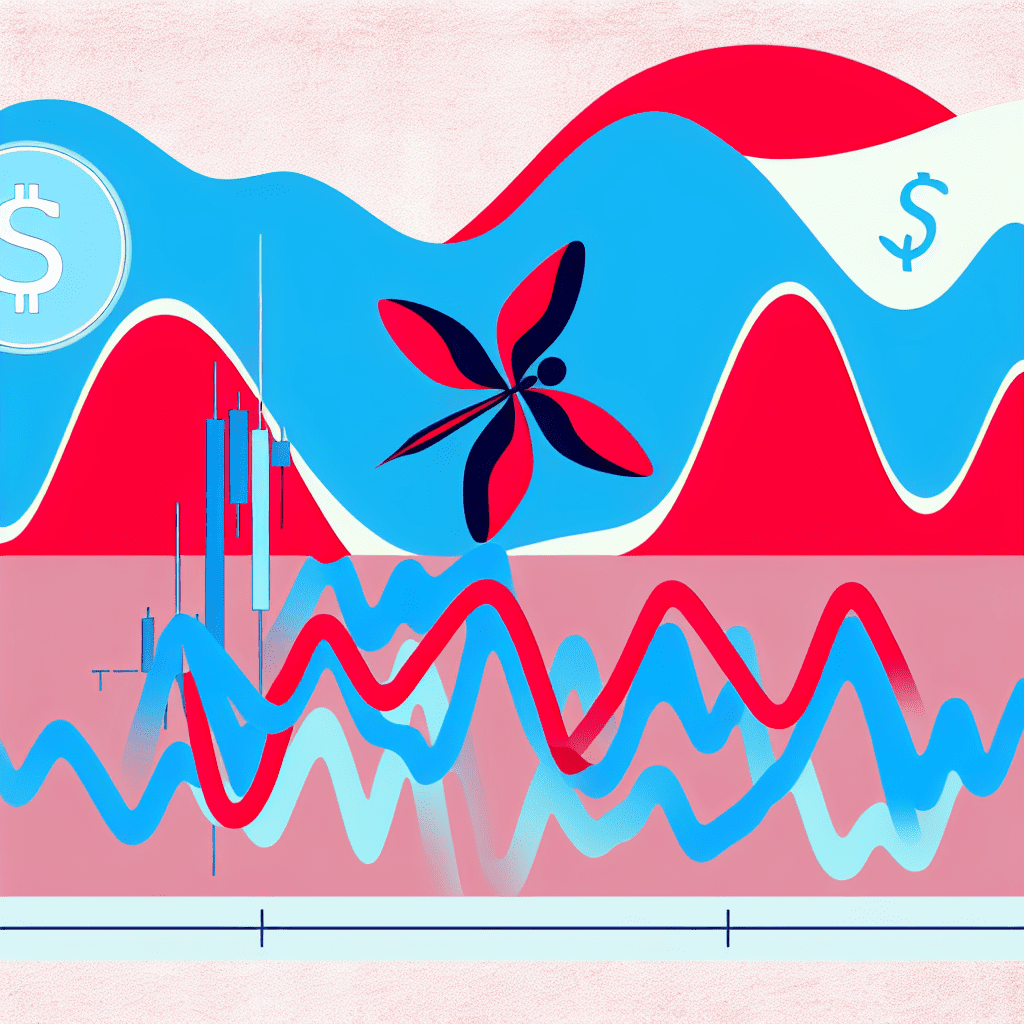This is a daily analysis by CoinDesk analyst and Chartered Market Technician Omkar Godbole.
DXY vs BTC
Last week, the Federal Reserve (Fed) made its first interest rate cut since December, indicating more reductions may be on the horizon. However, despite this dovish shift, the dollar index (DXY), which measures the dollar’s strength against major currencies, ended the week with a dragonfly doji on the weekly chart—a classic bullish reversal signal that hints at a potential USD rally.
The dragonfly doji derives its name from its unique “T” shape, resembling the fragile wings of a dragonfly or the blade of a bamboo-copter toy. This pattern occurs when the open, high, and close prices are tightly grouped, accompanied by a long lower shadow that indicates a sharp decline in price that is quickly reversed by buying pressure. Initially, the DXY dropped on the announcement of the Fed rate cut, briefly dipping below the July low of 96.37, but it rebounded to finish the week mostly unchanged at 97.65, bolstered by the strength in U.S. Treasury yields.
The formation of the dragonfly doji after a significant downtrend and at a pivotal support level suggests a looming bullish shift in market sentiment.
Traditionally, when the dollar strengthens, other dollar-denominated and broader risk assets tend to weaken, creating an intriguing setup for the upcoming week.

Bitcoin reflected this trend during the week ending September 21, forming an indecisive Doji candle at the significant resistance defined by the trendline from the peaks of the 2017 and 2021 bull markets. The appearance of this Doji at such a crucial long-term trendline suggests a bearish inclination, indicating a lack of decisiveness from bulls and renewed selling pressure at this key level.
On the daily chart, BTC is close to breaking below the Ichimoku cloud, with the trendline from the September 1 lows breached, indicating possible downside risk.
The first support level is at $114,473, represented by the 50-day simple moving average, followed by the September 1 lows near $107,300. To alleviate bearish sentiment, the recent week’s high of $118,000 must be surpassed.

Ether range breakdown
Ether (ETH) is encountering its own technical challenges; it remains below the lower boundary of the contracting triangle pattern on the daily chart, indicating increased selling pressure and the potential for further losses. This breakdown has drawn attention to the August 20 low of $4,062, followed by the crucial psychological support level of $4,000. The 24-hour high of $4,458 is a key target for bulls to aim for.

XRP’s MACD flips bearish
Meanwhile, XRP is presenting a disappointing outlook for bulls. Following the recent introduction of an XRP ETF in the U.S. on Thursday, the MACD indicator has turned bearish on the weekly chart, signaling a renewed downside bias. The price action suggests that XRP is retreating to the upper edge of a descending triangle on the daily chart. Although a tentative breakout was witnessed last week, it failed to initiate a sustained upward trend, prompting traders to proceed with caution.

Focus on the Fed speak and PCE
This week, Fed Chairman Jerome Powell along with nine other officials are set to speak, and markets will likely monitor their comments for clues on the interest rate path. Although the Fed cut rates last week, signaling more easing ahead, Powell tempered expectations by emphasizing a data-dependent approach.
Stephen Miran, an appointee by President Donald Trump, will also discuss his independence as a policymaker, having dissented in favor of a larger 50 basis point rate cut last week.
On Friday, the U.S. core PCE index, which is the Fed’s preferred gauge of inflation, is scheduled for release. Amberdata indicates that the data is expected to show a year-on-year inflation increase of 2.7%, with the core rising by 2.9% in August, representing a slight uptick from the previous month.

